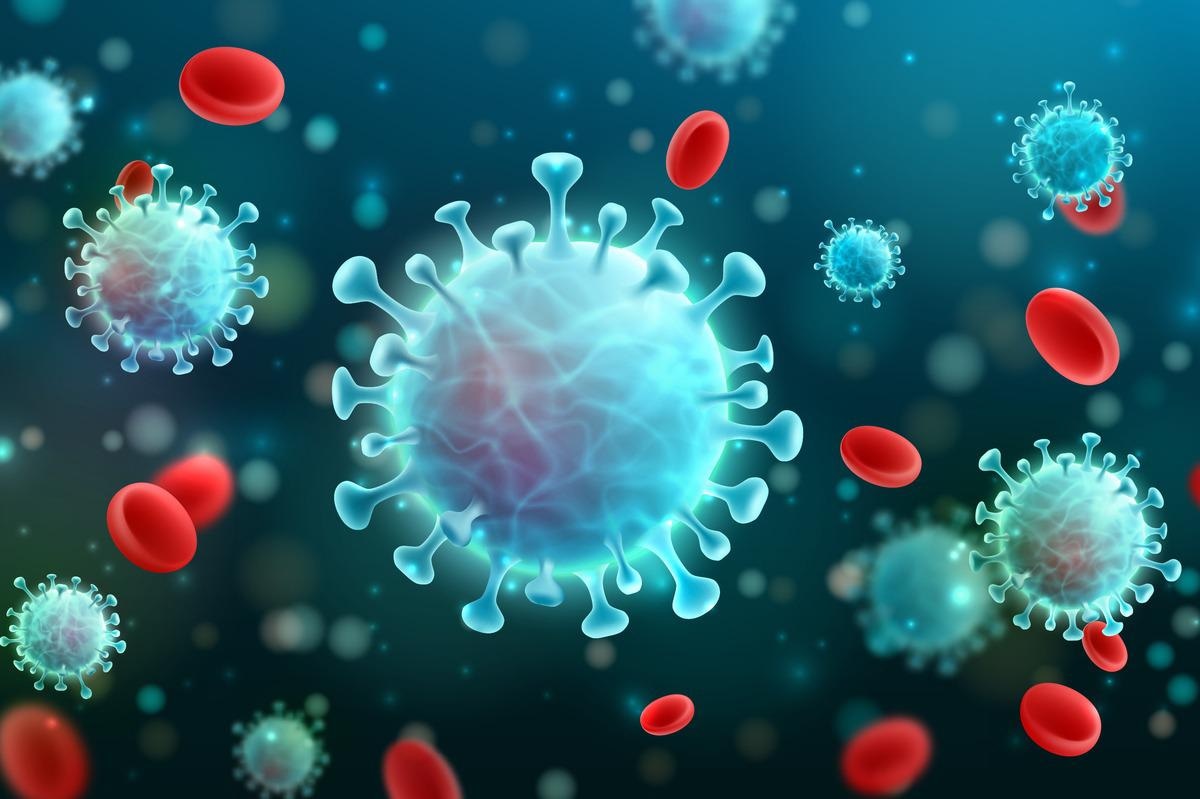In a recent study posted to the Research Square* preprint server, researchers conducted symptom assessment, cognitive tests, and physical measurements after a coronavirus disease 2019 (COVID-19) infection.
 Study: Symptoms, physical measures and cognitive tests after SARS-CoV-2 infection in a large population-based case-control study. Image Credit: Fotomay/Shutterstock
Study: Symptoms, physical measures and cognitive tests after SARS-CoV-2 infection in a large population-based case-control study. Image Credit: Fotomay/Shutterstock

 *Important notice: Research Square publishes preliminary scientific reports that are not peer-reviewed and, therefore, should not be regarded as conclusive, guide clinical practice/health-related behavior, or treated as established information.
*Important notice: Research Square publishes preliminary scientific reports that are not peer-reviewed and, therefore, should not be regarded as conclusive, guide clinical practice/health-related behavior, or treated as established information.
Various studies have reported acute symptoms manifested in severe acute respiratory syndrome coronavirus 2 (SARS-CoV-2)-hospitalized patients. However, extensive research is needed to ascertain the post-COVID-19 symptoms in non-hospitalized patients.
About the study
The researchers in the present study investigated the disease outcomes after SARS-CoV-2 infection in individuals with and without prior infection in a large population in Iceland.
The study included 3,602 individuals aged 18 years and above who had a reported history of COVID-19 infection. The participants had tested positive for SARS-CoV-2 at least five months before September 2020 or February 2021. The team also included individuals who had participated in the dHS study prior to the pandemic, thus allowing the team to make comparisons in individual characteristics before and after infection.
Individuals with a prior infection were confirmed by the presence of antibodies while positive patients were identified via either performing quantitative polymerase chain reaction (qPCR) tests on the high-risk cohorts or population screening. The control group consisted of persons who had previously participated in the modified deCODE health study (dHS) before the pandemic from June 2016 to March 2020, called the historic controls, as well as participants of the dHS study from September 2021 to September 2021 who had no history of COVID-19 infection, called the contemporary controls.
The study included questionnaires regarding the health and lifestyle of the individual, along with multiple blood, physiological, and cognitive tests. The team also examined any symptoms of depression, anxiety, stress, fatigue, and health anxiety by adding questionnaires including general anxiety disorder-7 (GAD-7), perceived stress scale (PSS), patient health questionnaire-9 (PHQ-9), symptom impact questionnaire (SIQR), and short health anxiety inventory (SHAI). Health-related quality of life was also assessed using a 36-item short-form survey (36-SF) and satisfaction with life scale (SWLS).
The team reported the association between the history of prior COVID-19 infection and the results from the (1) questionnaires C19Q, GAD-7, PHQ-9, PSS, SHAI, SIQR, SWLS, and 36-SF; (2) measurements of weight, height, body mass index (BMI), heart rate, blood pressure, body composition, and oxygen saturation; (3) cognitive tests and; (4) blood tests.
Results
The study results showed that the dHS included 3,602 eligible Icelanders who were infected with SARS-CoV-2. Infected cases had an average age of 46 years with 51% of the cases being female. Moreover, almost 33% of the participants had obesity, 18% had asthma, and 11% were immunocompromised.
Also, the study included a total of 14,388 controls, including 546 contemporary and 13,842 historic participants. The control cohort had an average age of 56 years with 57% of the group being female.
Approximately 40% of the participants reported mild to severe COVID-19 symptoms while 5% of the cases required hospitalization due to COVID-19 severity. The team noted that women and elderly participants had a higher chance of reporting a more severe acute COVID-19 infection along with individuals having obesity, asthma, and other comorbidities.
The participants self-reported that up to five to six months post-infection, 33% of the total cases had not fully recovered from the illness, with 5% still displaying severe symptoms. However, 13 months post infection, 21% had yet not recovered and 1% had severe symptoms. Furthermore, the evaluation of the quality of life and mental health showed lesser symptoms of stress in the case patients than in the control cohort.
The physiological tests performed showed that symptoms associated with altered taste and smell, including hyposmia, partial anosmia, and partial ageusia were more commonly reported by the case patients than the controls. Moreover, tests that evaluated smell showed higher results with time since acute infection.
A total of 30% of cases and 15% of the control group had long-COVID symptoms. Case patients were 2.5 times more likely to show long-COVID symptoms than the controls. Moreover, individuals with comorbidities were 3.2 times more likely to experience long-COVID. Notably, women and individuals with more severe infections and high-risk disease states including compromised immunity, heart failure, and coronary artery disease had a higher chance of suffering from long-COVID.
Conclusion
The study findings showed that several, diverse symptoms were more prevalent in COVID-19-infected patients than among control participants. The researchers believe that the differences between symptoms and measures indicate an extent of response bias in self-reported symptoms while conventional tests present a more complicated response paradigm among infected individuals.

 *Important notice: Research Square publishes preliminary scientific reports that are not peer-reviewed and, therefore, should not be regarded as conclusive, guide clinical practice/health-related behavior, or treated as established information.
*Important notice: Research Square publishes preliminary scientific reports that are not peer-reviewed and, therefore, should not be regarded as conclusive, guide clinical practice/health-related behavior, or treated as established information.